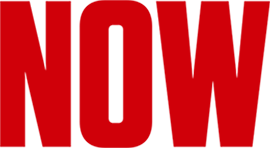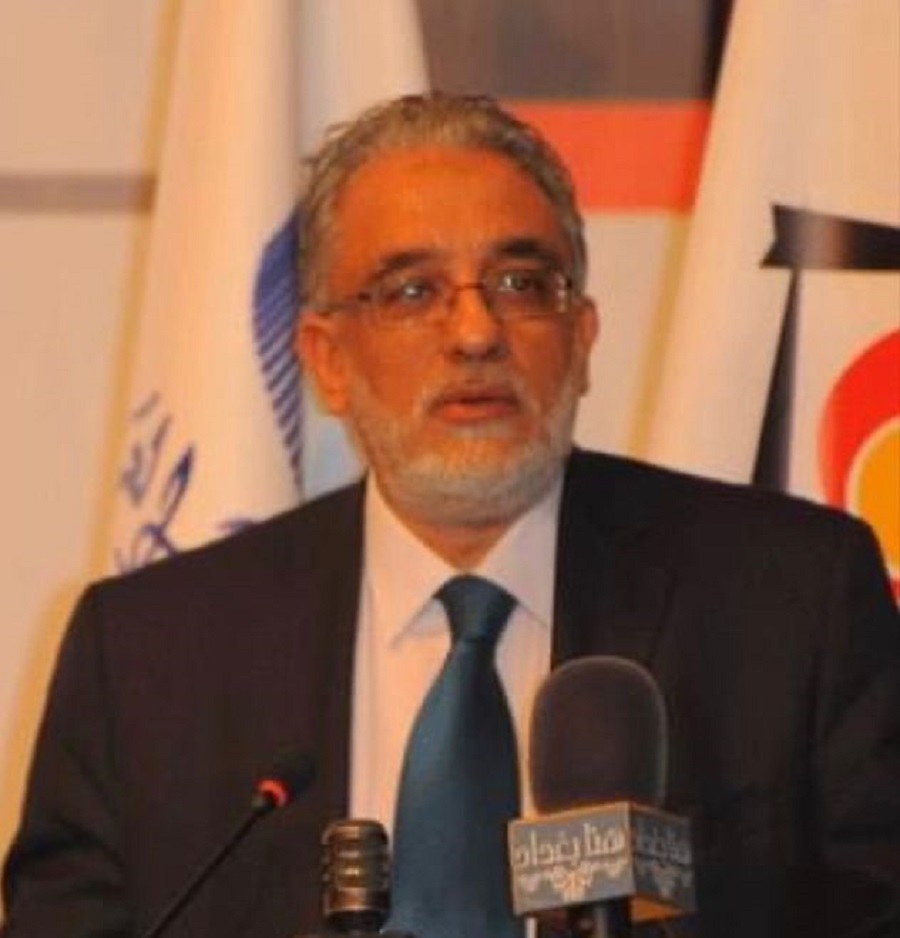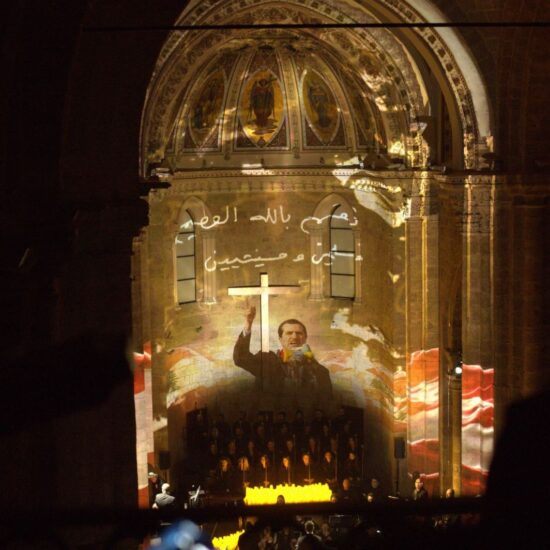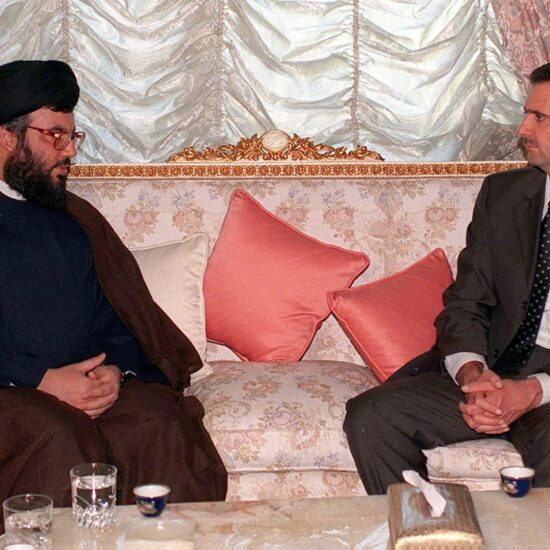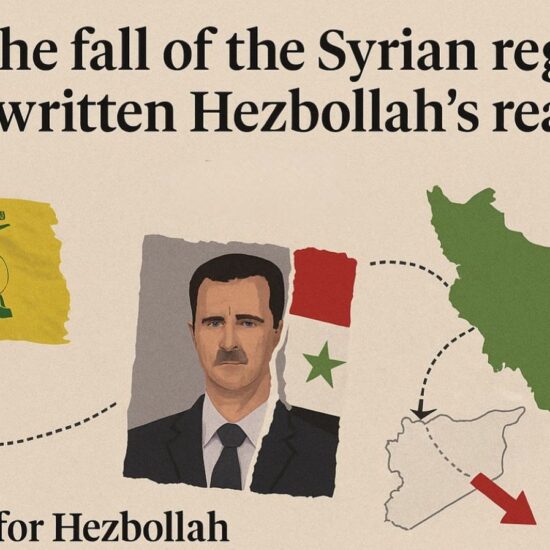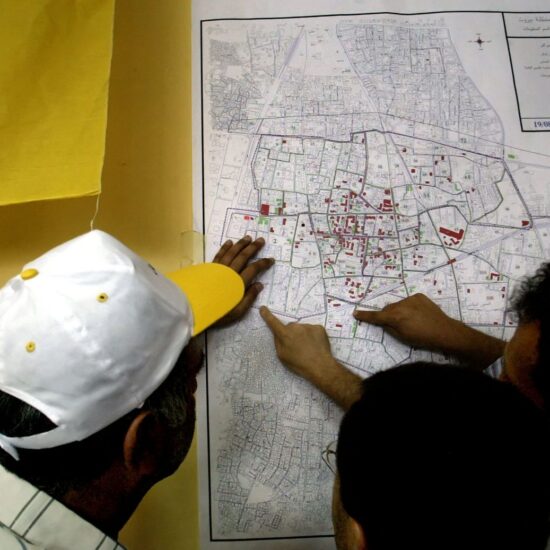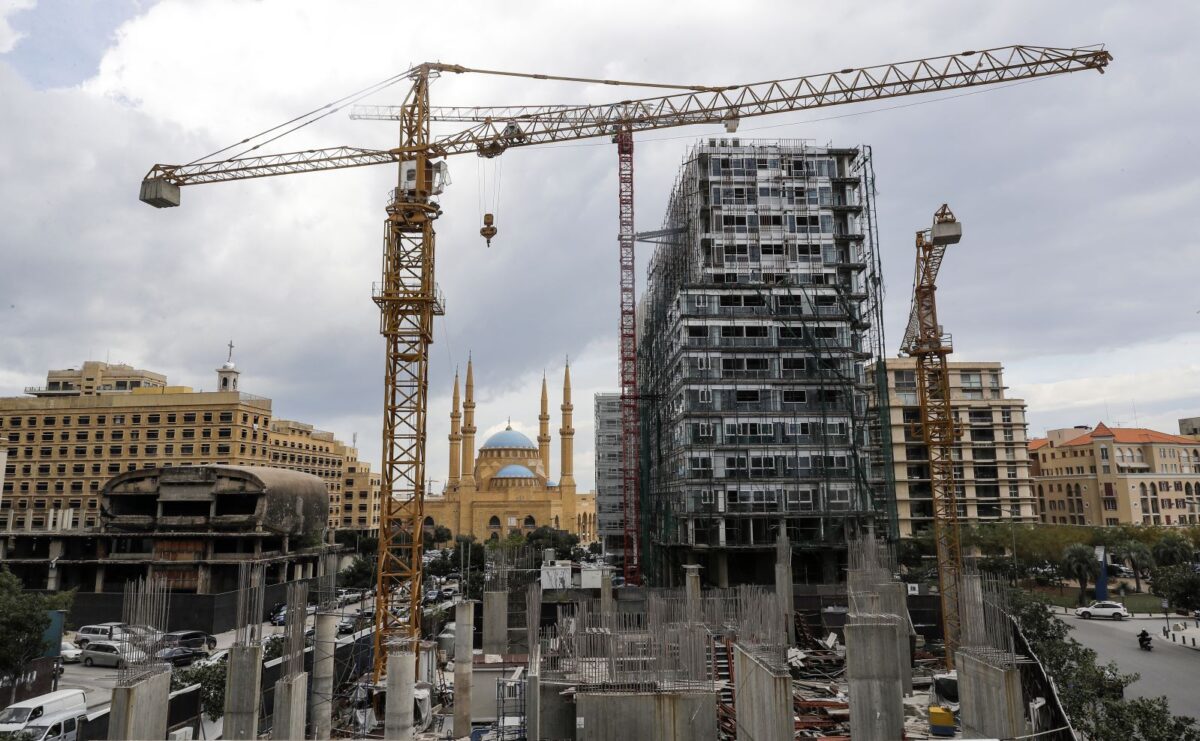
In a recent announcement that could only be described as wishful thinking, BDL Vice Governor Wissam Mansouri proudly declared that the central bank had gained a whopping Usd300 million in just two weeks. However, a closer look reveals that this so-called achievement is nothing more than a mirage, a fleeting illusion in the desert of Lebanon’s economic reality. The increase in foreign reserves mentioned by Mansouri is a fictitious increase in the reserves of the BDL, resulting from inflating the value of distressed Eurobonds by including them as liquid assets in violation of international Basel standards, and storing the Ministry of Finance’s revenues in the central bank’s accounts without investing them in supporting the economy or improving essential services. Additionally, the influx of international aid exceeding Usd2 billion during 2024, which was deposited in bank accounts through non-governmental organizations without any oversight or transparency, has collectively led to an artificial inflation of the Banque du Liban’s reserves without any actual value or positive impact on the national economy.
Luring the public
Mansouri’s policies a new déjà vu of former governor Raid Salameh policies are akin to building a house of cards on quicksand. Lebanese banks and so called market investors are jumping on the occasion as the use of “Lollars” (Lebanese Bank Dollars) has been fueling the rise of SOLIDERE ‘s share prices to unrealistic heights, creating an economic bubble that is bound to burst. This artificial inflation of asset values is not only misleading but also dangerous, as it pushes banks to lose both dollar and Lebanese pound deposits.
The irony here is palpable. While Mansouri touts the increase in foreign reserves, the reality is that these gains are built on shaky foundations. The inclusion of Eurobonds as liquid assets under Intermediate Circular No. 707 is nothing short of accounting manipulation. These distressed assets are far from being quickly liquidatable, and their inclusion in the reserves is a blatant attempt to artificially inflate the numbers. Meanwhile, the Lebanese Ministry of Finance continues to deposit its tax revenues into the accounts of the Banque du Liban, without these funds being used to provide essential services to citizens or support the local economy. This mismanagement of public funds only serves to embellish the financial situation of the central bank, while the real needs of the people are ignored.
Adding to the absurdity, at least Usd2 billion in international aid entered Lebanon during 2024, settling in bank accounts through non-governmental organizations without any standards of transparency, oversight, or auditing. This lack of accountability further undermines the credibility of Mansouri’s claims.
To be noted that the inclusion of Eurobonds as liquid assets under Intermediate Circular No. 707. This measure is considered accounting manipulation that contradicts international Basel standards, as these bonds are considered distressed assets and not quickly liquidatable. Including them as liquid assets aims to artificially inflate the reserves. On another note, the Lebanese Ministry of Finance continues to deposit its tax revenues into the accounts of the Banque du Liban, without these funds being used to provide essential services to citizens or support the local economy. These practices reflect poor management of public funds, as these resources should be directed to support economic growth and alleviate burdens on citizens, rather than being used to embellish the financial situation of the central bank and polish Mansouri’s image through media appearances or statements issued by the bank.
Furthermore, at least Usd2 billion in international aid entered Lebanon during 2024, settling in bank accounts through non-governmental organizations, without any standards of transparency, oversight, or auditing, whether internally or internationally, in the absence of United Nations oversight on the management and distribution of humanitarian aid.
Banking expert Mike Azar believe that statistics published by BDL over the last year disclose that monetary policy is exclusively to take taxpayer money from the government and use it to buy US dollars. The government received funds at the start of 2025 (tax payments?) and BDL used those funds to increase its FX reserves by about the same amount. Taxpayer money is today being used, to a large extent, to re-build BDL’s reserves, he quoted.
The only exception was when BDL decided unilaterally in the Fall to use the same taxpayer money to allow some depositors to withdraw more funds from their frozen accounts.
According to Azar if the government ever decided to actually spend its tax money, either the LBP or BDL’s reserves would collapse. BDL reports liquid FX reserves of Usd10.345 billion. Also if you exclude what BDL owes (not even talking about what BDL owes banks/depositors, just the government’s tax money and other money BDL owes foreigner persons), those reserves drop to Usd2.4 billion, Azar said. That means BDL’s ‘net’ reserves have actually dropped by Usd1 billion over the last year. The gap in the financial sector (the infamous Usd80 billion gap — the difference between all the hard-currency assets in the banks/BDL versus all the hard-currency debts, including deposits) is exactly the same in Dec 2020, a total of Usd80bn!
According to those figures the gap has expanded from 57%-71% in December 2020 to 66%-95% today, depending on the use of gold. In other words, the financial system currently has enough assets to cover only 5-34% of the deposits (assuming all deposits are legitimate).
Depositors Money in the bubble
There are 1260000 accounts in the Lebanese banking sector, with a total value of 86 billion dollars. According to Mansouri, a BDL study is on the burner to analyze the distribution of these accounts to enhance better management of the banking sector and redirect funds in a way that contributes to improving the economic situation in Lebanon.
Despite the importance of the study in principle, a deep reading of the current financial reality and the available data reveals several contradictions and gaps in this proposal, which raises doubts about the feasibility and real objectives of this study.
According to previously published data, 61 percent of these bank accounts were identified as accounts with balances of less than Usd3,333, which were settled under the initial circulars issued by the Banque du Liban since the beginning of the financial crisis in 2019. This means that approximately 768,600 accounts are classified as small accounts, while only 491,400 accounts remain in the larger categories.
On December 27, 2024, the Banque du Liban issued a statement regarding Circulars 158 and 166, indicating that since the application of the circulars until 30/11/2024, the number of beneficiaries reached 431,448 depositors, with a total paid amount of Usd3,241,894,179.
According to these circulars, a depositor can only benefit from one account, which means that the remaining unprocessed accounts do not exceed 59,952 accounts. These numbers are based on official data from the Banque du Liban and are not mere speculation. Moreover, the Banque du Liban, through former governor Riad Salameh, issued “Circular 939” to banks on May 5, 2021, almost three years ago, asking banks to provide the balances of customers’ deposits in Lebanese pounds and foreign currencies as of 31/10/2019, and the balances of the same accounts as they became on 31/3/2021, with an emphasis on excluding any accounts opened after 31/10/2019 and any new funds (Fresh Accounts) in the existing accounts. The central bank also requested to provide the balances of customers’ deposits in Lebanese pounds and foreign currencies as of 31/12/2015 and 31/03/2021, including all accounts existing on the mentioned dates except for new funds (Fresh Accounts). Thus, it is clear that the classification of accounts and determining their details have been clear and specified since 2021.
Therefore, questions arise about the seriousness of the lengthy study referred to by Mansouri, which has not been completed yet, while it does not exceed 59,952 accounts. Here, we pause at Mansouri’s statement that this study will help the government in any forthcoming plan, but logic does not accept that these remaining accounts require all this time for analysis and classification.
Despite populist statements, the Banque du Liban still lacks a clear and effective monetary policy. The measures taken are scattered and uncoordinated, and have not led to an improvement in the economic situation or alleviation of burdens on depositors. In reality, there is no stable exchange rate, but rather a politically determined exchange rate set at 89,500 Lebanese pounds to the dollar, which is illegal and does not reflect the economic reality, but serves the interests of banks at the expense of Lebanese pound account holders.
SOLIDERE saga
The dramatic inflation of SOLIDERE ‘s stock price on the Beirut Stock Exchange is interpreted by some experts as illusory, reflecting the “lollar” rather than the cash dollar. This is due to significant trading being conducted through dollar deposits held in Lebanese banks, priced at 10%-20% of market dollar value.
Mansouri’s announcement is nothing more than a facade, a desperate attempt to paint a rosy picture of an economy that is teetering on the edge of collapse. The formation of a new economic bubble, fueled by the use of Lollars and the unrealistic rise in SOLIDERE ‘s share prices, is a ticking time bomb. When it bursts, the consequences will be dire, and the true cost of these misguided policies will be laid bare for all to see
SOLIDERE unrealistic prices to lead a bubble in real estate
Mansouri’s announcement is nothing more than a facade, a desperate attempt to paint a rosy picture of an economy that is teetering on the edge of collapse. The formation of a new economic bubble, fueled by the use of Lollars and the unrealistic rise in SOLIDERE ‘s share prices, is a ticking time bomb. When it bursts, the consequences will be dire, and the true cost of these misguided policies will be laid bare for all to see. With a Market Cap (as of 16/01/2025) of Usd19.27 billion ( close to Lebanon GDP) SOLIDERE ‘s financial performance over the last three years has not been rosy. In 2023 SOLIDERE faced significant challenges, resulting in a net loss of Usd15,079,690 and negative earnings per share (EPS) of -Usd0.094. Despite this, the company maintained a positive operating cash flow of Usd54,307,2291.In 2022 the company saw a smaller net loss of Usd5,165,210 and an EPS of -Usd0.032. However, operating cash flow turned negative at -Usd17,799,8931. In 2021 it reported net revenues of Usd114,848,585 and a net loss of Usd4,283,427, with an EPS of -Usd0.027. The operating cash flow remained positive at Usd51,129,8531.
Property prices in Lebanon are skyrocketing again, often outpacing the actual economic growth and income levels of the population. Real estate activity rebounded during the month of December following the ceasefire agreement that was attained in late November, with the number of sale transactions increasing by 73.04% month-on-month to 4,326 and the value of transactions concurrently increasing by 28.92% to LBP 35.02 trillion. The average value per transaction, however, dropped by 25.50% month-on-month to LBP 8.10 billion ($90.46K at the LBP 89,500 per USD exchange rate), from LBP 10.87 billion ($121.42K) a month earlier. On a cumulative basis, the number of real estate transactions reached 36,382 transactions in the full year 2024, in comparison with 23,679 transactions in 2023 with the value of transactions skyrocketing to LBP 258.83 trillion compared to LBP 89.56 trillion a year before.
This has created a speculative bubble where property prices are inflated beyond their intrinsic value. The real GDP has contracted by over 38% since 2019, with a projected decline of 6.6% in 2024 due to ongoing conflicts. The GDP was valued at Usd17.94 billion in 2023, significantly down from a peak of Usd54.90 billion in 20182. Inflation soared to 221.3% in 2023 before declining to 67.4% in 2024, while trade constituted an astonishing 129% of GDP. Additionally, the employment rate is forecasted at just 49.77% for 2025, reflecting deep economic distress. Experts believe that the Lebanese economy bubble is bound to burst due to several factors that have led to unsustainable economic practices and financial instability. One of the main reasons is the over-reliance on the real estate sector. A rapid economic bubble is characterized by a rapid escalation in asset prices, significantly exceeding their intrinsic value, followed by a swift contraction or “burst.” This phenomenon typically arises from exuberant market behavior, where investors buy assets not based on their underlying fundamentals but on speculation and herd mentality. And yu can add when Central Bank policies are luring investors.
Instead of shiny statements Mansouri should concentrate on The Alvarez & Marsal forensic audit report on Banque du Liban (BDL) that uncovered that BDL’s financial statements significantly overstated asset valuations and profits, concealing losses and presenting a misleading picture of the bank’s financial health. BDL’s losses were not accurately reflected in its financial statements. The report found that losses exceeded Usd50 billion by 2020, while the bank had a surplus of Usd7.2 billion in foreign reserves in 20151. There is a need to hold banks accountable for financial engineering employed by Salameh to attract high-interest deposits, which incurred a hefty cost of approximately Usd76 billion and unauthorized commissions amounting to Usd111 million were disbursed to a company owned by Salameh’s brother.
Can Mansouri disclose the real whereabout of the detailed extravagant expenses, including Usd20 million in aid and donations, Usd7.6 million in sponsorships, and significant funds allocated for furnishing offices and artwork? Lebanon needs no deceitful facelifting announcements. Former Minister and Vice governor Nasser Saidi say that the thorough overhaul of Banque du Liban’s governance structure is essential to bring about meaningful change and restore confidence. To achieve accountability, the appointment of a new governor and deputy governors by June 2025, along with radical governance reforms, is crucial. Additionally, the Banking Control Commission of Lebanon, the Special Investigation Commission, and the Capital Markets Authority must operate as independently governed institutions.
Furthermore, the establishment of an independent Bank Resolution Authority is vital to restructure the banking system. This authority should focus on recapitalization, starting with existing shareholders, and employ strategies such as mergers and acquisitions, as well as bail-ins of large depositors to maximize deposit recovery.
Maan Barazy is an economist and founder and president of the National Council of Entrepreneurship and Innovation. He tweets @maanbarazy
The views in this story reflect those of the author alone and do not necessarily reflect the beliefs of NOW

